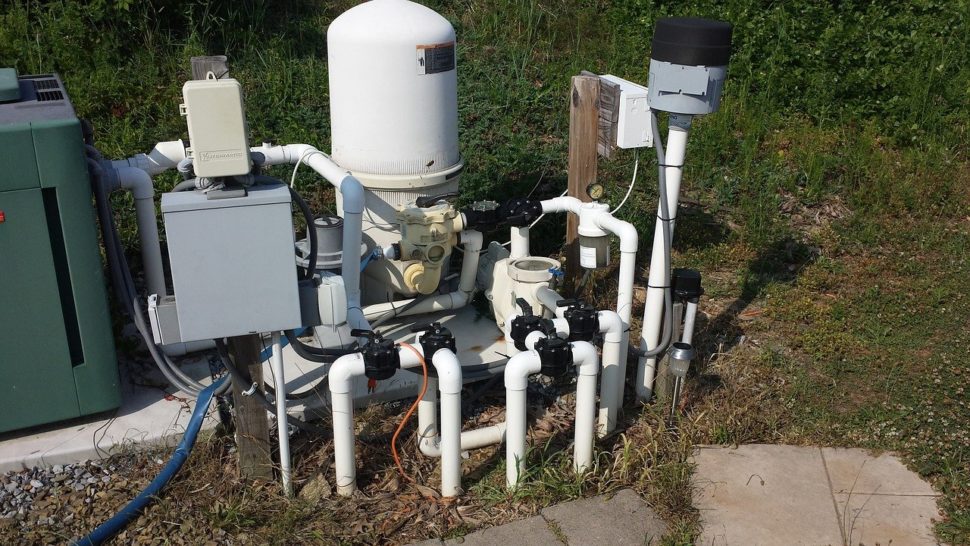A new industrial water filter matches the strength of conventional models yet uses renewable resources. Could this reduce the environmental impact of industrial water processing?
Water filtration systems use specially designed aqua membranes to scrub water clean and make it useable. At the industrial level, these layers need to be able to work at high pressures, which is a difficult proposition for traditional filtration systems.
A purification membrane typically uses a polymeric network of covalent bonds, creating a robust surface that water can flow through. Yet polymeric layers aren’t renewable due to the difficulty of cleaning and recycling them. If the membranes were easily manufactured, cleaned, and reused, their sustainability would increase dramatically.
By contrast, supramolecular filtration systems are more sustainable, but they lack the strength necessary to work at the high pressures that industrial water filtration demands. Thanks to Israeli scientists at the Weizmann Institute of Science and collaborators from BASF, we may have overcome that limitation.
The researchers have combined two components of filtration membranes to form a hybrid that is strong enough for high-pressure situations but is also much easier to produce and recycle. This development could change the face of industrial waterworks.
Taking a Look at the new Aqua Membranes
Two critical materials were used to create the hybrid membrane: Nafion and a noncovalent PP2b network. Nafion is a sulfonate polyelectrolyte supported by a Teflon-like fluorocarbon backbone that has useful ion-exchange properties. The PP2b network is used to create materials that use water as their primary component to make renewable plastics that are every bit as strong as conventional ones.
The two materials were combined by depositing colloidal Nafion on a layer of PP2b. The resulting interaction created a robust material that was highly effective at removing toxic metals and small organic molecules from contaminated water. According to the researchers, “The Nafion layer acts as a membrane having the ion exchange properties, while the densifications of the PP2b appears to play a role in the size-selective rejection.”
The hybrid membrane handled high pressures with ease, and its disassembly for cleaning and recycling purposes was similarly easy.
What Does This Mean for the Future?
Industrial water processing facilities have been the prime target for sustainable technologies because they cause a lot of pollution. These factories use up a lot of water in their various processes, and the resulting contaminated water is a hazard that needs to be properly purified or disposed of. If that contaminated water can be filtered, it can be reused, so it is practically beneficial to find ways to clean it.
Until now, high-pressure situations made the job of water purification tough, but that doesn’t stop industrial facilities from operating. They have to make a choice between losing money on expensive purification processes or storage solutions that could be harmful to the environment. New aqua membranes take care of that problem by making the cleaning process possible at cheaper costs.
Renewable resources are the wave of the future. Hopefully, this new filter will help industries to keep a good level of production while doing less harm to the environment.
















Comments (0)
Least Recent